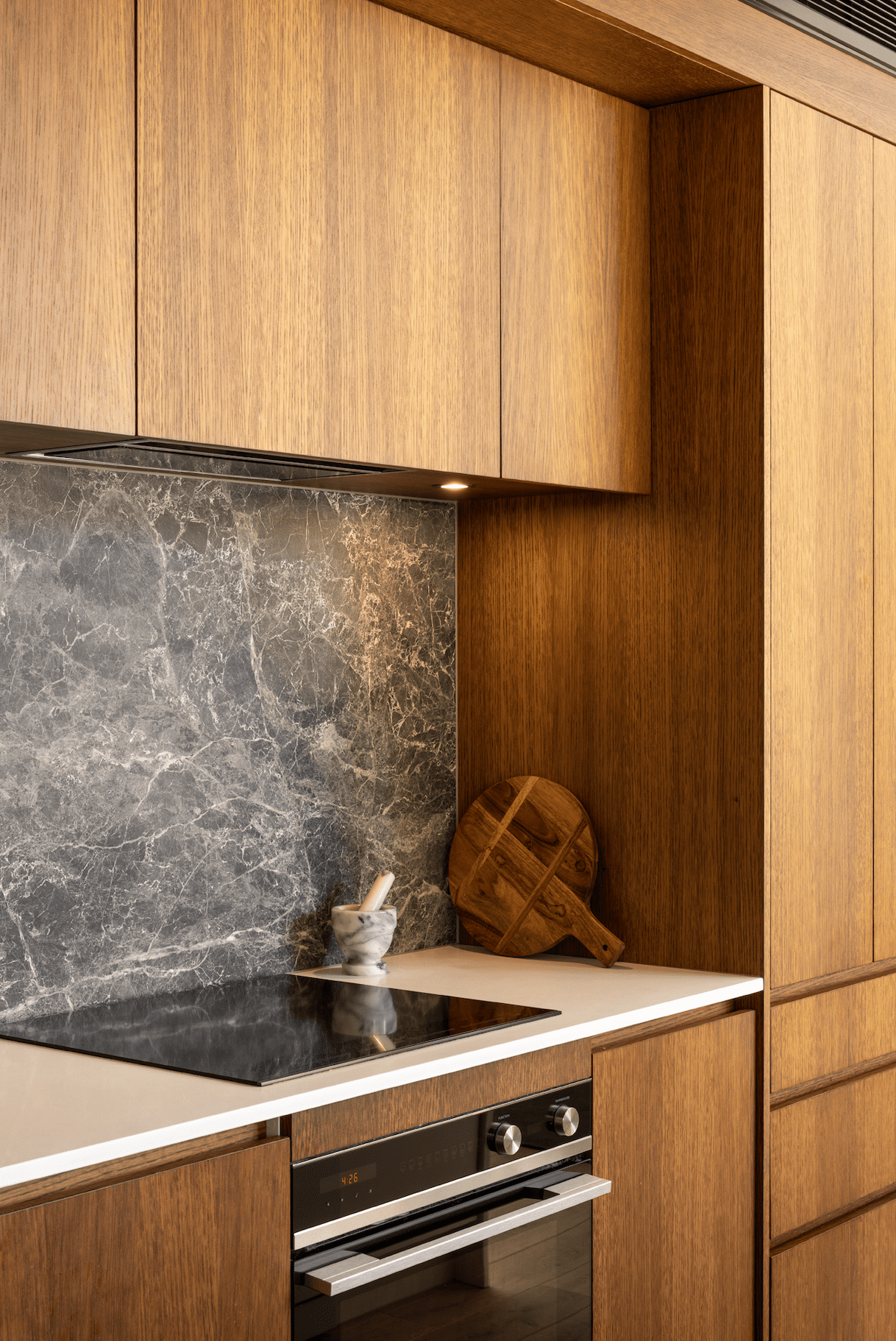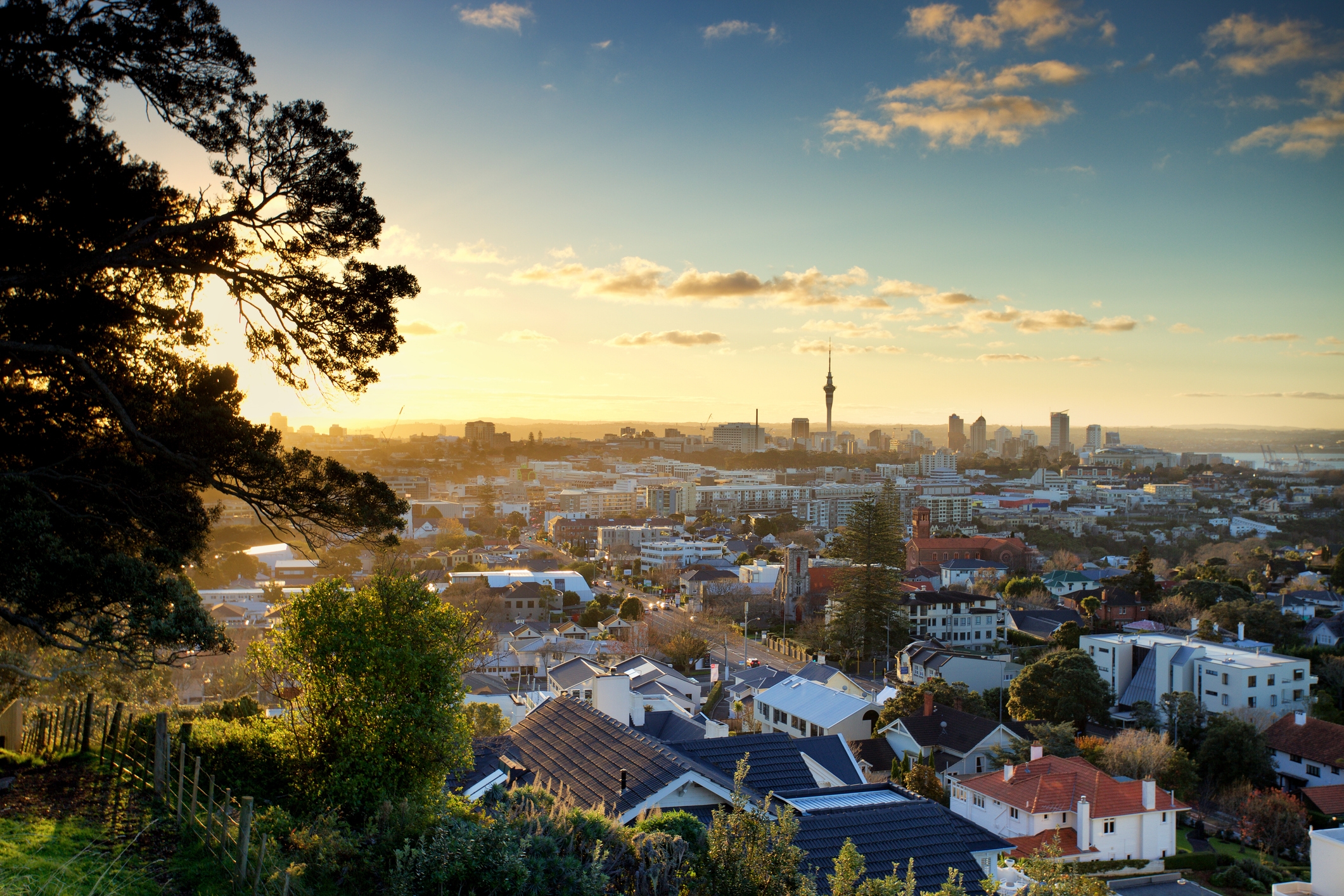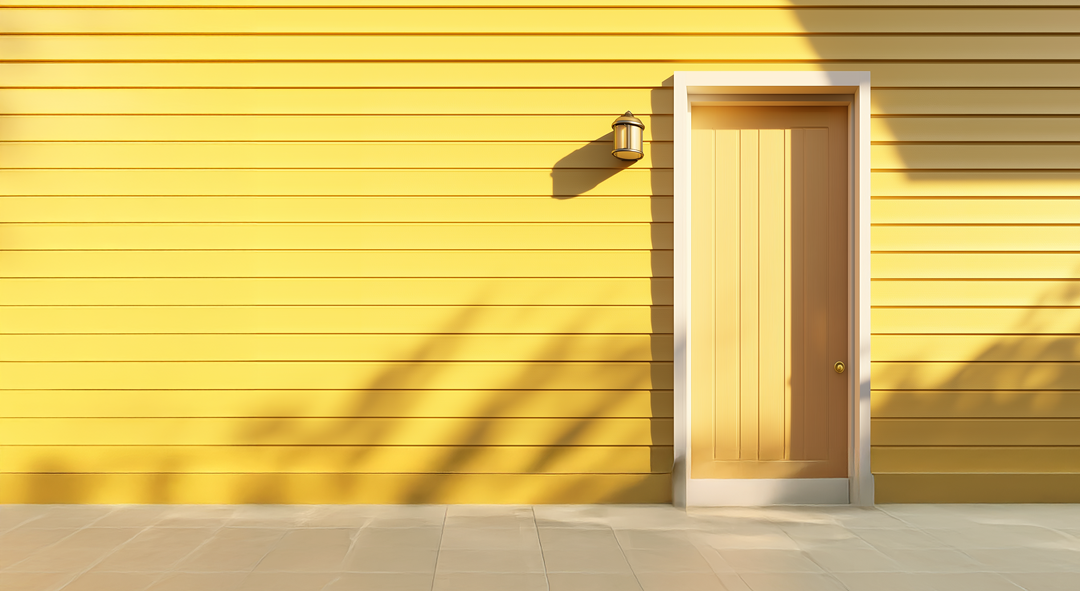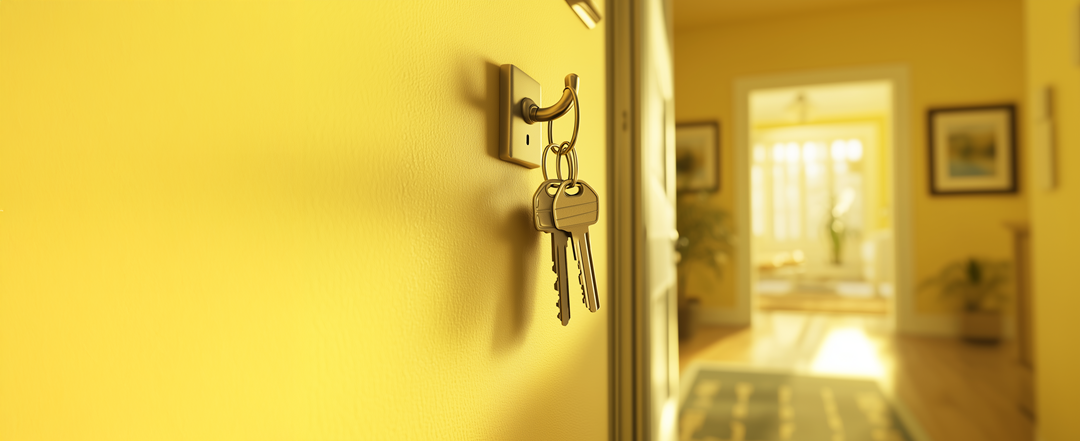Feature article
Eco-Friendly and Sustainable Kitchen Designs for a Greener Home
Explore eco-friendly kitchen design with sustainable materials, reclaimed shelves, and avoiding VOCs.

Whether you’re ‘Team Go Green’ or ‘Team Status Quo’, it’s hard to argue that humankind’s impact on the environment has been anything but sustainable. In our inexhaustible march towards innovation and progress, we have oftentimes forsaken sustainability for convenience.
As with many things, the wheel of life is beginning to come round again and eco-friendly design is once again finding favour within the mass market. The trend towards greening our lives is beginning to underpin all aspects of construction and manufacturing; from sustainable building practices and materials through to energy-efficient appliances for our homes.
This is equally true for kitchen design, with advances in design and technology merging to produce modern kitchens with some of the lowest carbon footprint characteristics we’ve seen. The following tips will give you some invaluable insight into how you can go from eco-friendly kitchen dream to eco-friendly kitchen reality.
1. Start at the beginning
If you’re building a new home, chances are you’re already invested in green design and have chosen an architect with bona fide credentials in all things sustainable. If you’re purely renovating your existing kitchen then choose a kitchen designer who specialises in eco-friendly design.
Don’t be afraid to ask to see real-life examples of their work. Most architects and designers will have former clients who are only too willing to share insights from their design journey and to show off the finished result.
Don’t forget to do your own research as well. An internet search on ‘sustainable building materials and appliances’ will return a wealth of information on which are the most environmentally friendly products available in your marketplace.
2. Reduce, Reuse, Recycle and Reclaim
We all secretly harbour the desire to have a magazine-worthy kitchen that’s all sleek surfaces and high-end appliances, so choosing reclaimed and/or salvaged materials to incorporate into your kitchen design may seem counterproductive.
However, embracing the Four Rs doesn’t mean the end result has to look ‘second hand’, as this kitchen by architect Belinda George, attests. There are a number of companies that specialise in repurposing high-quality cabinetry and worktops from renovated homes, meaning you may just get that higher-spec kitchen after all.
Similarly, ex-showroom display kitchens are constantly being offered at discounted prices, so shop around. Along with the kitchen, you can usually arrange for it to be professionally fitted into your home through the same company.
The ultimate eco-friendly option is to keep the carcasses of your existing kitchen and simply update the doors, drawer fronts, hardware and benchtops. This is particularly appropriate if the existing floorplan works for your needs.
Also, don’t forget to pay it forward. If you’re fully replacing your kitchen, look into the possibility of donating it to a charity such as Habitat for Humanity or giving it away on sites such as Neighbourly or Freecycle.
Sustainability lies at the heart of this kitchen by Belinda George, from the reclaimed river rimu to the Aga with wetback functionality. Image: Simon Devitt
3. Everything and the kitchen sink
Nowadays it’s possible to opt for an eco-friendly version of just about anything you could want in your kitchen from cabinetry and flooring through to lighting and tiles, with some brands offering fully dedicated sustainable ranges.
Products such as composite worksurfaces and cabinet fronts usually contain a high amount of recycled content, and in many instances are also recyclable at the end of their life. Likewise, metals such as stainless steel, bronze and copper are not only highly durable they, too, are fully recyclable. Copper also offers antimicrobial properties that make it a desirable inclusion in any kitchen.
Meanwhile, traditional materials such as glass and terrazzo, along with manmade products like sintered stone and mineral-based quartzes are just some of the other sustainable options in the arsenal of kitchen design.
When it comes to choosing timber flooring, benchtops or cabinetry, look for FSC-certified products. Alternatively, both bamboo and cork are sustainable substitutes to traditional timber, while composites such as Melamine Faced Chipboard (MFC) and Medium Density Fibreboard (MDF) can contain a goodly amount of recycled materials, making them an eco-friendly contender.
However, if it’s a real sustainability statement you’re looking to make, then the latest range of Eco board products is where it’s at. These products, which have a negative carbon footprint, look similar to MDF, and are made from agricultural waste such as straw and wheat, rice, corn and cotton stalks, as well as tree twigs, branches and trimmings.
4. Breathe easy
For a healthy interior environment, make sure to choose products that have no or very low volatile organic compounds (VOCs). VOCs are present to a lesser or greater degree in a whole range of building materials and paints and adhesives, as well as furnishings and are released over time as these products succumb to wear and tear.
In higher concentrations, VOCs can have a detrimental effect on the environment and to your family’s health, so try to minimise, or avoid altogether, the number of VOC-producing products you use.
Likewise, avoid products that contain formaldehyde — which can be found in some pressed-wood products, foam insulations, synthetic fabrics and wallpaper adhesives and paints — as it has been shown, at high levels, to cause skin rashes, shortness of breath, wheezing and even changes in lung function.
This kitchen, in Meadowbank House by Piper Architects, features an induction cooktop. Image: Simon Devitt
5. The future is now
Modern, energy efficient appliances and lighting products are increasingly designed to be both eco-friendly and friendly to your wallet, helping to reduce your long-term energy costs. Energy labels make it easy to choose the most environmentally friendly appliance for your budget and requirements.
A new kitchen is a great excuse to look at incorporating an energy-saving fixture such as an instant hot water tap, which not only makes making a nice, hot cuppa a complete doddle, they also save on water and are cheaper than boiling a traditional kettle. There are also models that dispense chilled and sparkling water as well.
When it comes to energy-efficient cooking, nothing comes close to induction. Induction hobs, such as the one seen in this kitchen by Piper Architects, utilise electromagnetic energy, interacting directly with induction-compatible cookware to cook your food, meaning the surrounding benchtop remains cool to the touch. Invisible induction allows you to seamlessly integrate your cooking zone directly into your bench or island surface.
Nothing beats natural light when it comes to sustainability, however, when it comes to artificial illumination, incandescent bulbs are SO last century. Modern LEDs, are streets ahead in terms of efficiency and lifecycle, meaning you’ll save you money in the long run and help reduce waste.
LEDs are measured in Kelvins (K) and generally come in four ‘whites’ — very warm white (less than 2700K), warm white (2700–3200K), daylight (4000K–5000K) and cool white (5500–6500K). Daylight and cool white LEDs are generally best for kitchen task areas, with warm and very warm white LEDs providing ambience and are generally used in under-shelf and strip lighting applications.
Feel free to cherry pick from the above tips to design and create the eco-friendly and sustainable kitchen of your dreams.
Author
Other articles you might like








